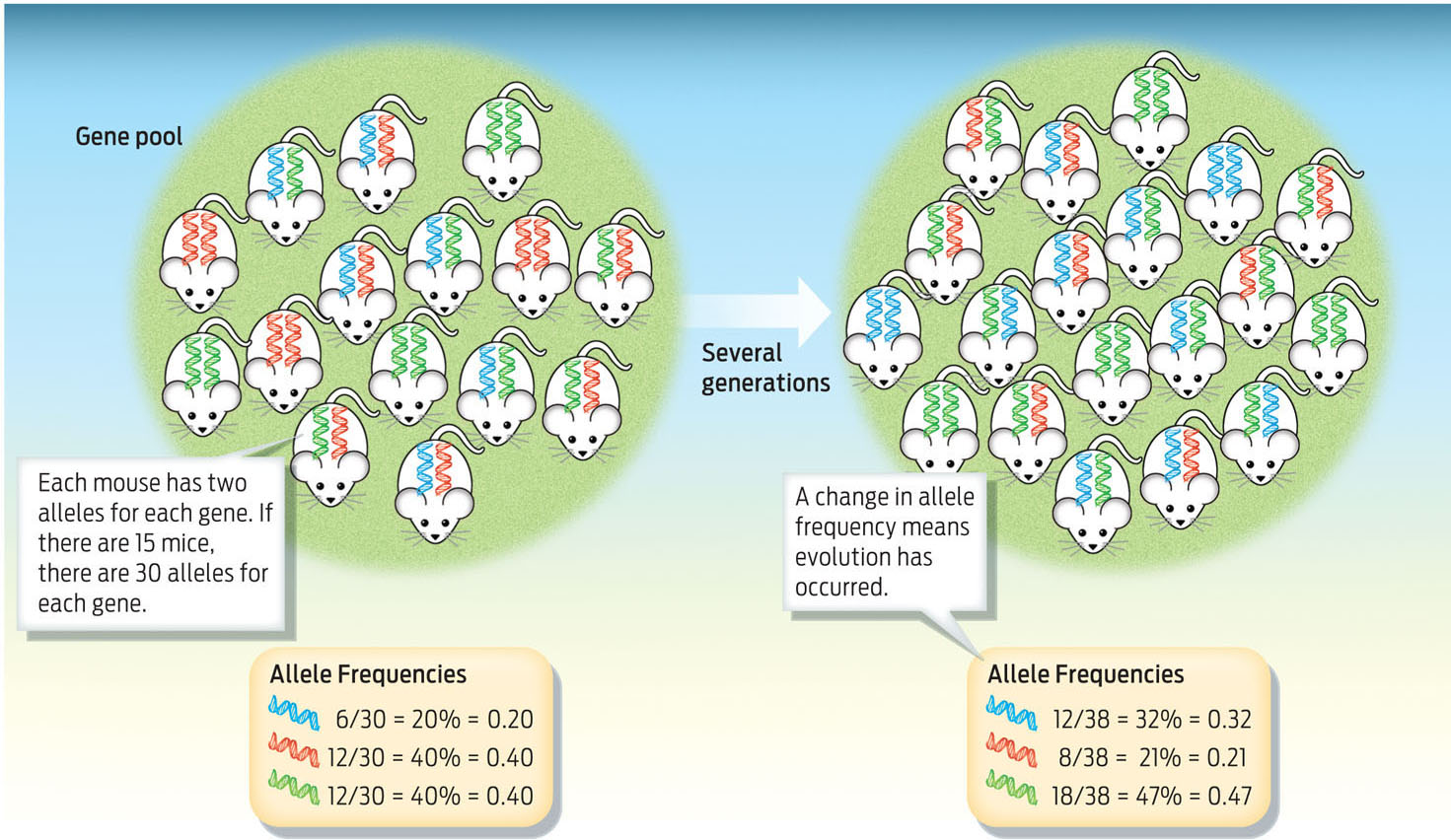SEX AND THE CITY
To study evolution, Munshi-South has traveled to some pretty farflung locations: Southeast Asia, to study how the mating behavior of small mammals is affected by logging operations, and Africa, to research how the migration patterns and stress levels of forest elephants are affected by the petroleum operations there.
Mice in Manhattan might seem a far cry from that earlier research, but it’s really not, he says. “Urbanism is basically one of these large-scale dramatic transformations of landscapes,” he says. “And maybe one of the most complete transformations from a seminatural state to a use that’s dominated by human activity.” The common thread to this work, he says, is understanding how animals cope with a rapidly changing environment.
POPULATION GENETICS The study of the genetic makeup of populations and how the genetic composition of a population changes.
Urbanization isn’t the only human-caused environmental change that animals face, of course—climate change is another big one—but it’s one that has taken on pressing urgency in recent years.
GENE POOL The total collection of alleles in a population.
“Already 50% of people live in cities,” says Munshi-South. “It’s going to be 60% in like 15 years, and it’s just going to keep going up and up.” In fact, demographers predict that the human population will reach 9 billion in 2050, and that by then 70% of us—roughly 6 billion people—will live in cities. All those urban dwellers represent a significant evolutionary force to be reckoned with. So it’s important to understand how our fellow animals are adapting—or not adapting—to city life.
ALLELE FREQUENCY The relative proportion of an allele in a population.
If you’re an evolutionary biologist, and you want to understand how a group of organisms is coping with environmental changes, you need to know something about their underlying genetics—and not just the genetics of individuals, but of the population as a whole. For that, you need the tools of population genetics. Population genetics allows scientists to understand the nature of evolutionary change as it is reflected in the genes of a population. Essentially, it’s a way to take stock of who’s reproducing, who isn’t, and the consequences for the population as a whole.
From a population genetics perspective, each distinct population of organisms—whether mice in Manhattan or elephants in Africa—has its own particular collection of alleles, which together constitute its gene pool. Within the gene pool, each allele is present in a certain proportion, or allele frequency, relative to the total number of alleles for that gene in the population. For example, 50 alleles out of a total of 1,000 alleles would be an allele frequency of 0.05. Over time, several forces can change the frequency of alleles—that is, how common they are in the population. When the frequency of alleles changes over time, a population evolves. Recall from Chapter 14 that this is the definition of evolution (INFOGRAPHIC 15.1) .
Population geneticists study the gene pools of populations. If a gene pool changes (that is, if the allele frequencies have changed) over the course of generations, then evolution has occurred.

NONADAPTIVE EVOLUTION Any change in allele frequency that does not by itself lead a population to become more adapted to its environment; the causes of nonadaptive evolution are mutation, genetic drift, and gene flow.
333
Evolutionary changes in a gene pool can have lasting consequences for a population. They can, for example, result in the population becoming more adapted to its environment—think of the antibiotic-resistant bacteria we met in Chapter 14. The evolutionary mechanism that results in adaptation is natural selection.
But natural selection isn’t the only mechanism of evolution. Mutation, which introduces new alleles into a population (see Chapter 10), is another important evolutionary mechanism. Because it is rare, mutation by itself does not dramatically change allele frequencies. But that doesn’t mean it isn’t important—after all, mutation is the source of variation in a population, on which natural selection acts. However, mutation is a fundamentally random process that does not by itself lead to a population becoming more adapted to its environment. In other words, mutation is a type of nonadaptive evolution. The other types of nonadaptive evolution are genetic drift and gene flow.
Nonadaptive evolution isn’t necessarily “bad,” or maladaptive. If mutations didn’t introduce variation into a population, there would be no evolution at all. And many nonadaptive changes in allele frequency can be considered “neutral”—neither “good” nor “bad.” But nonadaptive evolution can greatly influence the fate of a species, and so researchers are keen to study it.
334